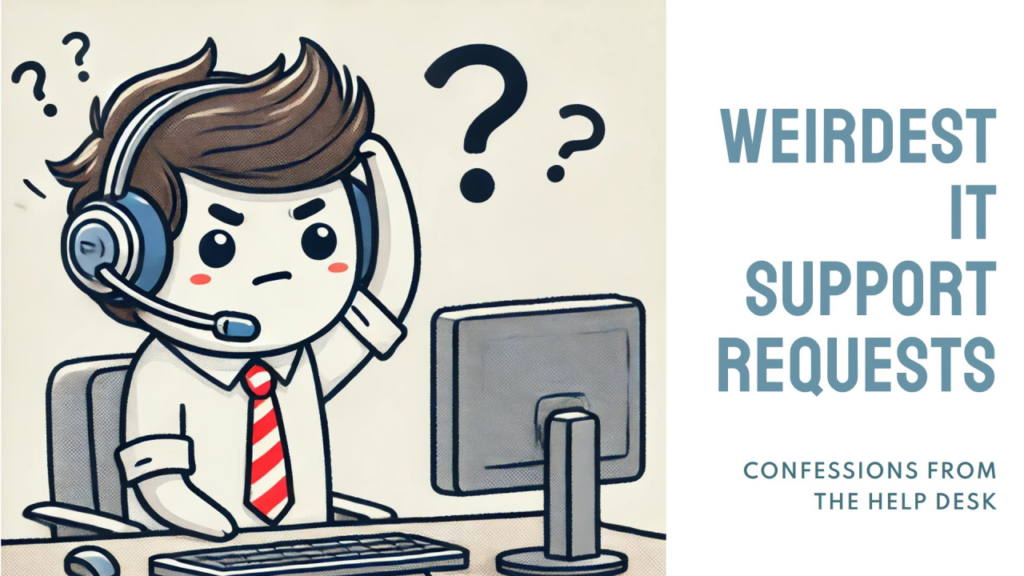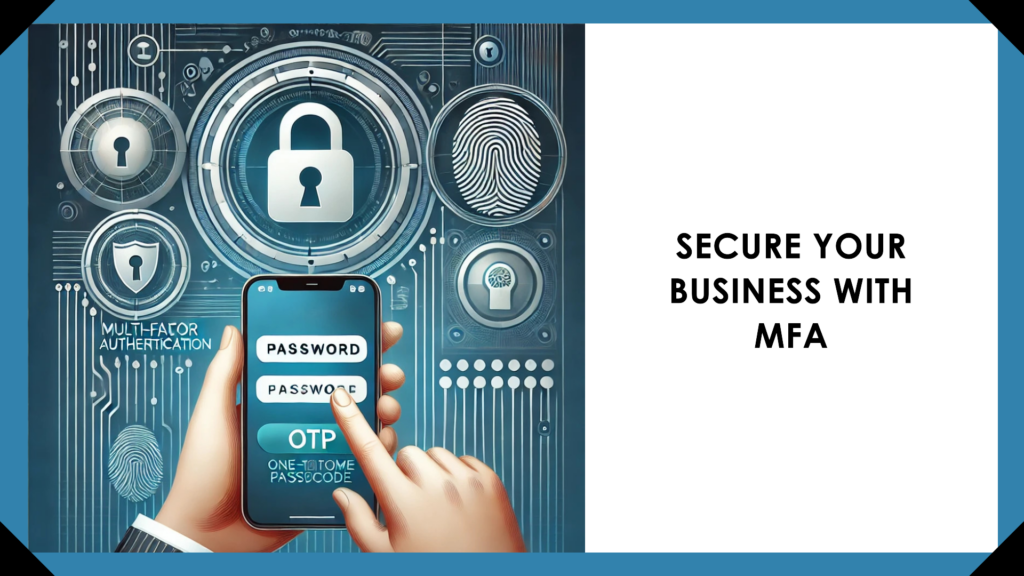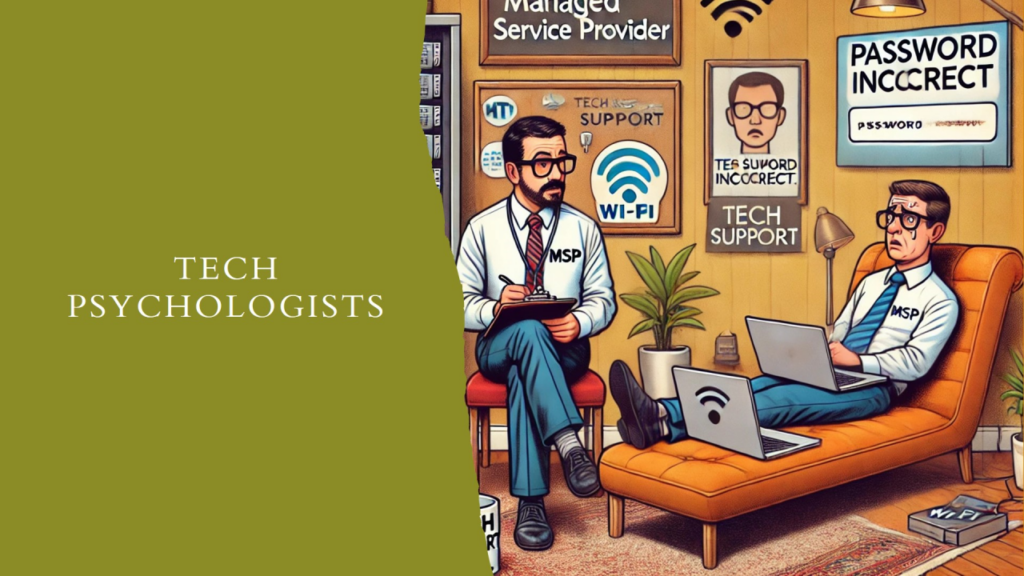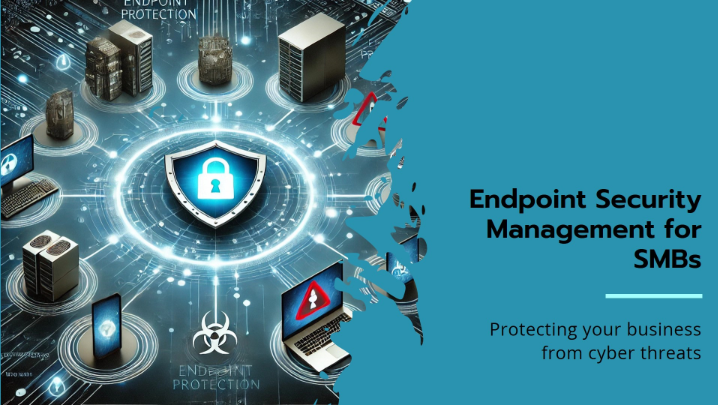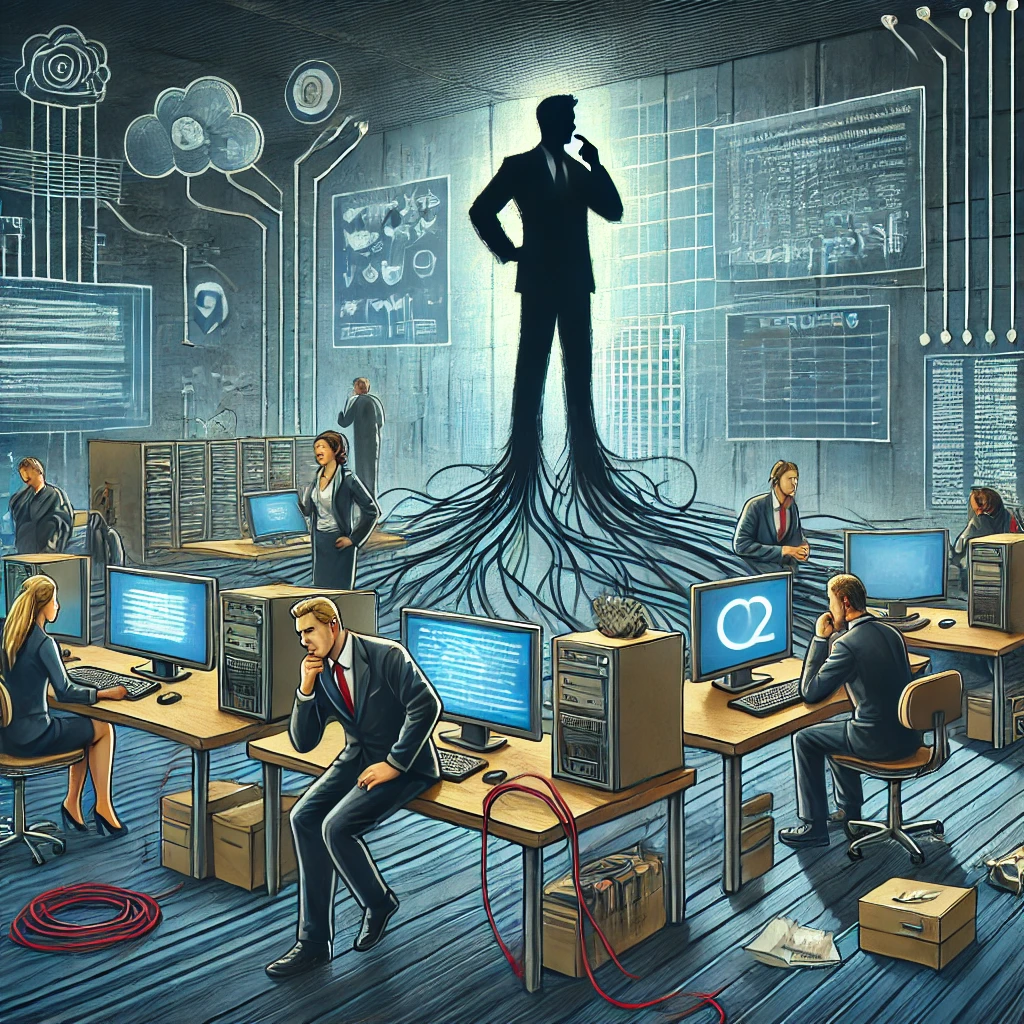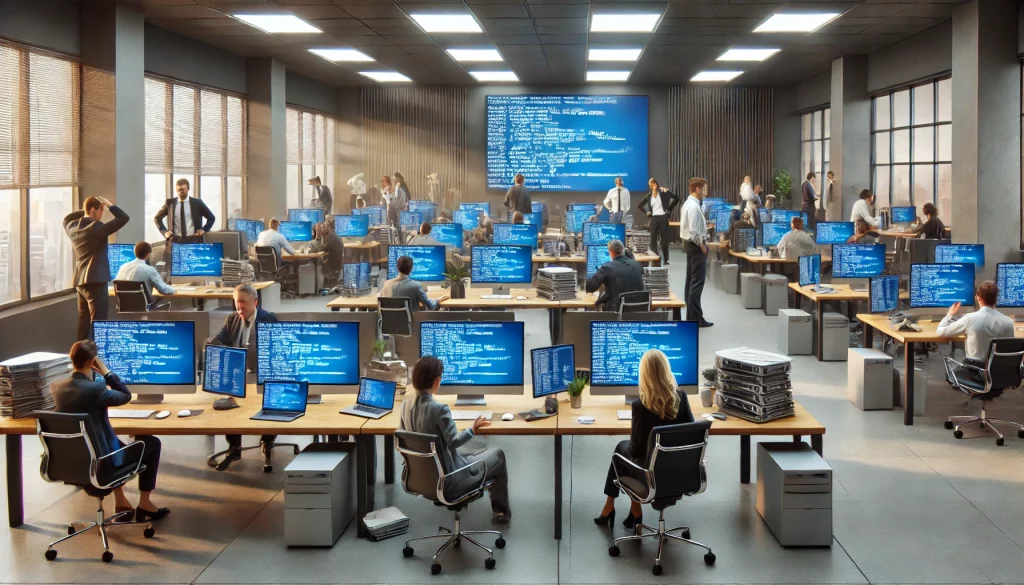Working in IT support is like being a digital detective, a therapist, and a magician all in one. Most days, we’re resetting passwords, fixing network issues, and reminding people to “turn it off and on again.” But every now and then, we get requests that are so bizarre, they belong in the IT Hall of Fame.
Here are some of the weirdest (and funniest) requests we’ve ever received:
1. “Can You Fix My Cup Holder?”
A user called in, complaining that their “cup holder” had broken. Confused, we asked for clarification. Turns out, they were talking about their CD drive tray—which they had been using as a drink holder.
2. “The Internet Is Down… But Only on My Left Side”
One user reported that the internet worked on the right side of their desk but not the left. After some investigating, we discovered they were using a wired connection with a very short Ethernet cable—it literally didn’t reach when they moved their laptop!
3. “My Keyboard Is Broken. It Only Types in Capital Letters”
A panicked user thought their keyboard was malfunctioning because every letter came out in uppercase. The culprit? The Caps Lock key.
4. “I Need a New Mouse. Mine Won’t Work on This Paper”
Someone insisted their mouse was broken because it wouldn’t move properly on a white sheet of printer paper. Turns out, they had an optical mouse, and it wasn’t tracking on the reflective surface. A mouse pad solved the problem.
5. “My Computer is Making a Weird Beeping Sound”
One user called in about an unusual beeping sound coming from their desktop. We asked if anything was flashing on the screen. Their response?
“No, but every time I press a key, it beeps.”
They were holding down multiple keys at once, triggering the keyboard’s sticky keys function.
6. “Can You Email Me the Internet?”
A user once requested that we email them the entire internet so they could browse offline.
7. “My Monitor is Blank” (While Pointing at a Printer)
A user demanded help because their “monitor wasn’t working.” When we arrived at their desk, they were staring at their printer.
8. “Can You Hack Into My Husband’s Email?”
Nope. Just nope.
9. “The Computer Isn’t Working Because It’s Too Heavy”
One user thought their laptop wasn’t turning on because they had put a large book on top of it and assumed the weight had “crushed the software.”
10. “Can You Move the Power Button? It’s Too Far”
Someone once asked if we could physically relocate the power button on their desktop tower because they didn’t like reaching for it.
